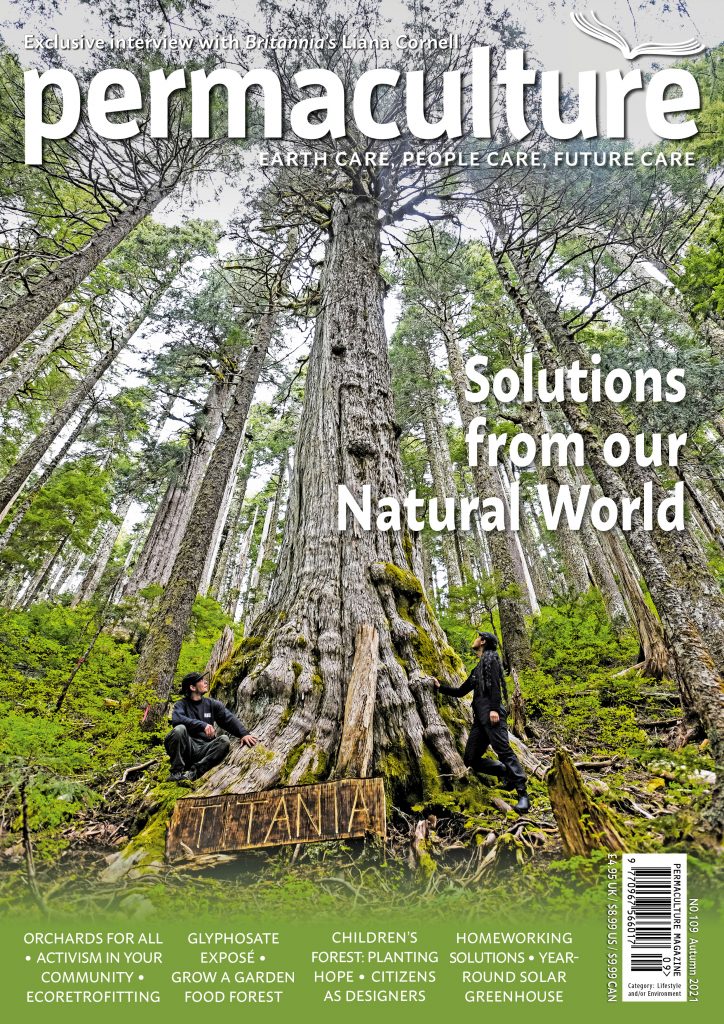 The following post has been published in the Autumn 2021 copy of, the quite brilliant, Permaculture magazine, which is available to buy from https://www.permaculture.co.uk/issue/autumn-2021/
The following post has been published in the Autumn 2021 copy of, the quite brilliant, Permaculture magazine, which is available to buy from https://www.permaculture.co.uk/issue/autumn-2021/For years now I have had bee nesting tubes in my garden for solitary bees (mainly the Red Mason Bee - Osmia bicornis) and left them out all winter to manage as best they can. Mason bees are wonderful, being one of almost 250 solitary bees in the UK (that’s as well as the 25 types of bumble bee, plus the honey bee of course).
Last year I decided to see how many tubes they would fill if allowed, and also to see if I could get some of the later leaf-cutter bees (I didn’t) so I replaced the tubes as soon as full (storing them flat somewhere safe from pests) with a supply purchased from https://www.masonbees.co.uk/ who sell all things mason bee as well as run a bee “guardian” scheme where you can send in your tubes for safekeeping and for allowing them to send out to others to help the population throughout the country.
Tubes both full and being filled
Cocoons floating in water, while the detritus sinks
Once dried they can be stored in a breathable container somewhere frost free like a garage and be checked on regularly.
This year I splashed out (though they could be made yourself quite easily) on a hatching box where the cocoons can be placed safe from predators. This will be removed once they are all hatched to discourage those that want to use it as a nesting site.
The box should be about 1.5 metres off the ground as the bees tend to fall rather than fly when they emerge.
The cocoons should generally be put out at the end of March/beginning of April but this is likely dependent on the weather and the amount of pollen rich flowers available at the time.
At the same time I put out fresh nesting tubes ready for the year ahead. so we can begin again ready for a new year of new bees. Note: the tubes should be placed facing South/South-East so that they catch the early morning sun.
The main reason I use these cardboard tubes is because they are the correct size for mason bees meaning they don’t need to waste more energy trying to nest in larger spaces, the reusable outer cardboard tube protects against parasitic wasps and, to some extent, the elements while the removable inner tube can be replaced once full. Replacing with a new, empty, inner tube also means cleaning out work is not required by the nesting females as well as there being less chance of parasites *
* obviously Permaculture is all about working with nature and parasitic wasps (such as the quite beautiful Ruby-tailed wasp who will lay her eggs in solitary bee nests where her young will eat the bee larvae) need our help just as much so you may wish to leave some tubes (or a bee hotel like the ones you can buy from garden centres etc) for the purpose of leaving things a little more to nature.
Interesting Facts:
I have seen it said that the mason bee can do the job of 120 honey bees when it comes to pollinating apple blossom as their furry bodies make pollination easier and they fly earlier, and in more severe conditions than the honey bee.
Solitary bees are very placid insects and no danger to either children or animals so a fantastic way of teaching children about nature and helping encourage pollinators in your garden or allotment.
Permaculture magazine can be bought direct from the publisher at https://shop.permaculture.co.uk/ and this issue at https://shop.permaculture.co.uk/permaculture-magazine-issue109.html










1 comment:
Thank you so much for this clear, concise article. It's just what I was looking for.
Post a Comment